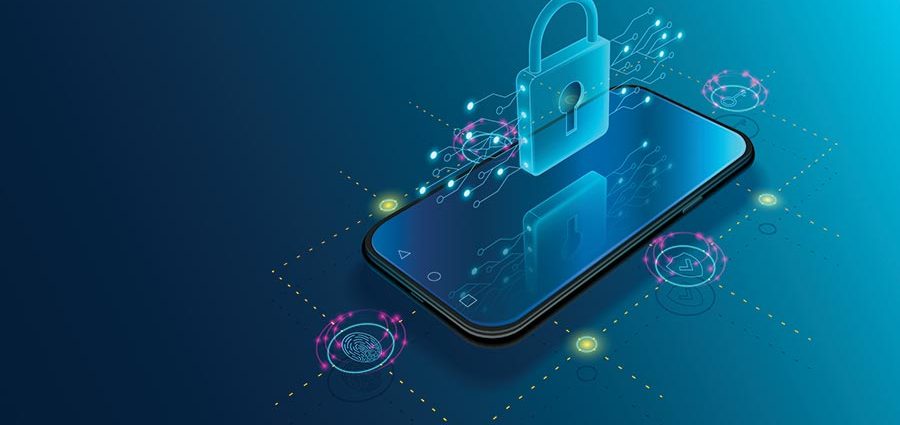Mobile security, also known as mobile device security, refers to the measures and practices taken to protect mobile devices, such as smartphones, tablets, and wearable devices, from security threats and unauthorized access. With the increasing use of mobile devices for various tasks, including communication, banking, accessing sensitive information, and business-related activities, mobile security has become a critical concern for individuals and organizations alike.
Mobile security addresses various risks and threats associated with mobile devices, including:
Device Theft or Loss: One of the most common risks is the physical loss or theft of a mobile device. If an unauthorized person gains access to the device, they may be able to access personal or sensitive data.
Malware and Mobile Viruses: Mobile devices can be infected with malware and viruses that can compromise data, steal personal information, or lead to financial losses.
Unauthorized Access: Ensuring that only authorized users can access the device and its data is crucial. Weak passwords or lack of authentication mechanisms can lead to unauthorized access.
Data Leakage: Mobile devices can store sensitive data, both personal and corporate. Data leakage may occur through malicious apps, insecure connections, or accidental exposure.
Phishing and Social Engineering: Mobile users are susceptible to phishing attacks, where attackers try to trick them into revealing sensitive information through fraudulent websites or emails.
App Security: Malicious or poorly designed apps can pose a significant risk to mobile devices, as they may access sensitive data, perform unauthorized actions, or compromise device security.
Jailbreaking or Rooting: Jailbreaking (iOS) or rooting (Android) refers to the process of removing restrictions on a device’s operating system. While this allows users to access additional features, it also exposes the device to potential security risks.
To enhance mobile security, users and organizations can implement various best practices, including:
Strong Authentication: Enabling strong authentication methods, such as biometrics or two-factor authentication (2FA), adds an extra layer of security to prevent unauthorized access.
Regular Software Updates: Keeping the mobile device’s operating system, apps, and security software up to date helps to patch vulnerabilities and protect against known threats.
Secure Network Connections: Avoiding public and unsecured Wi-Fi networks, using VPNs (Virtual Private Networks), and employing encryption for data transmission can protect against data interception.
App Vigilance: Downloading apps only from trusted sources (official app stores), reading user reviews, and checking app permissions before installation can reduce the risk of malicious apps.
Mobile Device Management (MDM): Organizations can use MDM solutions to manage and secure mobile devices used within their networks, enforce security policies, and remotely wipe data in case of loss or theft.
Remote Wiping and Data Backups: Enabling remote wipe capabilities allows users or organizations to erase the device’s data if it is lost or stolen. Regular data backups also ensure that important information can be restored if needed.
Mobile security is an ongoing effort that requires user awareness, responsible usage, and proactive measures to protect sensitive data and ensure the safe use of mobile devices in today’s connected world.
